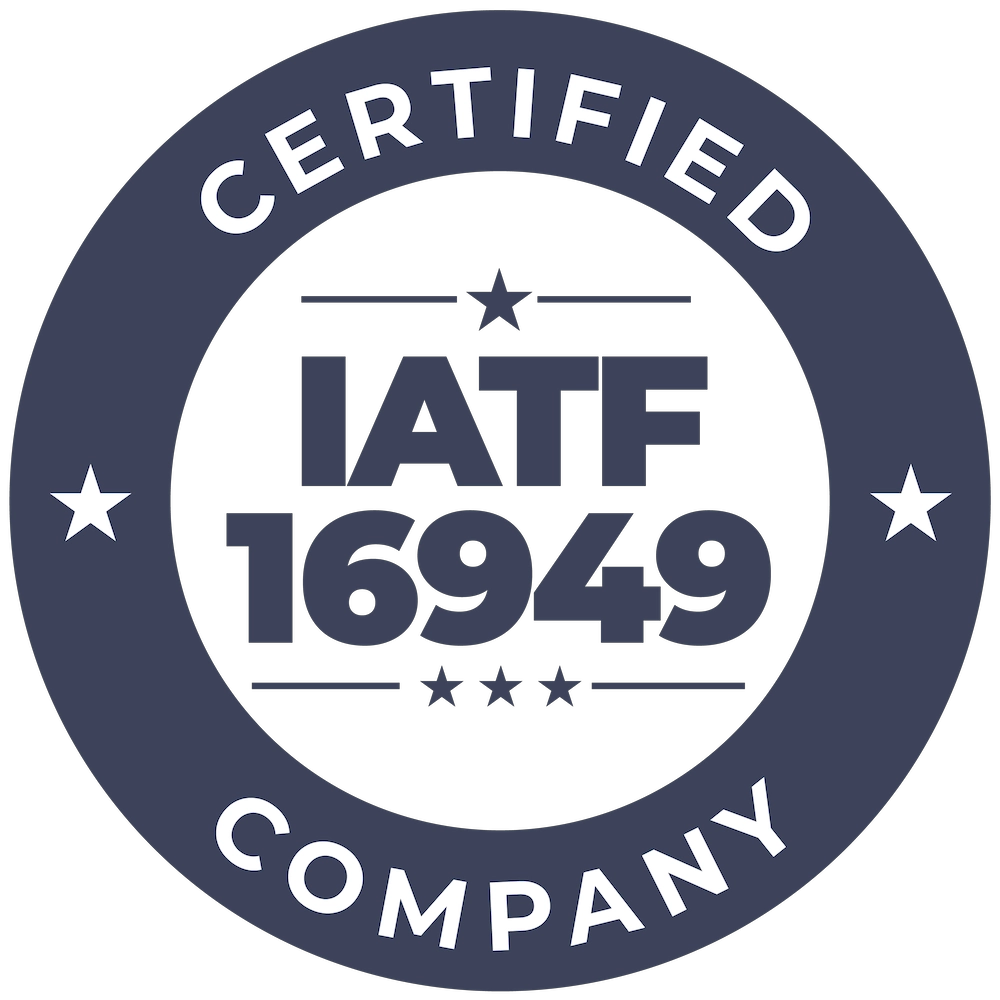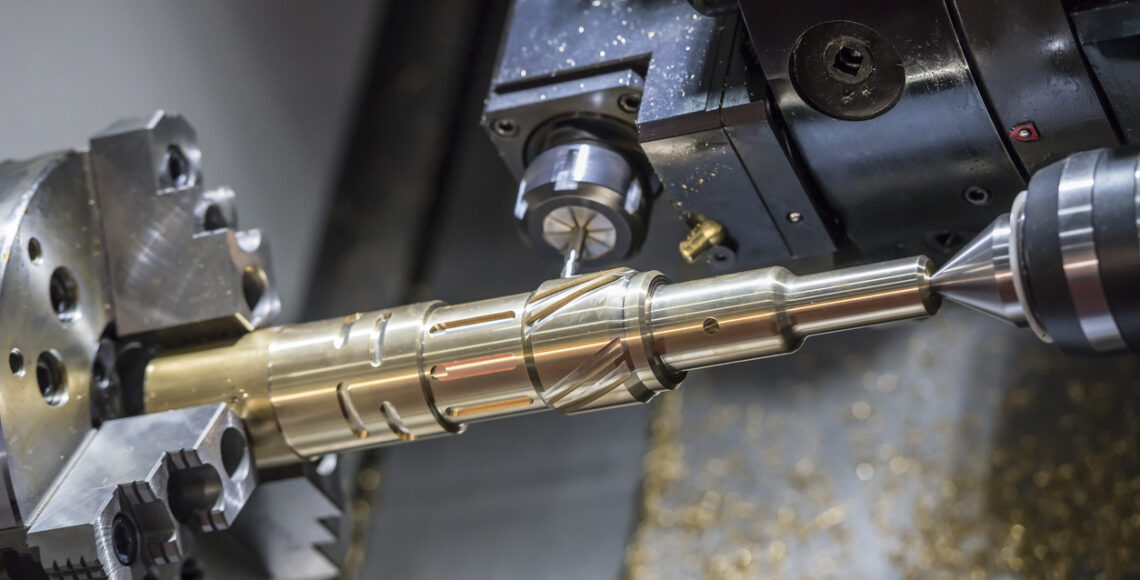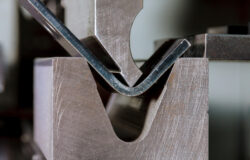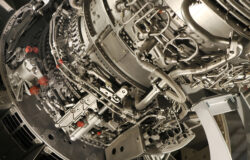A Quick Refresh: CNC Milling Versus Turning
Before we dig into the specific advantages of CNC turning services, it may be helpful to compare CNC milling and CNC turning overall. Milling and turning are both types of CNC machining.
-
- Parts — CNC turning is ideal for conical or cylindrical parts that have axial symmetrical shapes (bolts, screws, shafts, cylinders, disks, and others). CNC milling is better for parts with more complex shapes, unique contours, and asymmetry (parts that require slots, cavities, threads, or a combination of these).
- Process — In CNC turning, the material is rotated around a lathe with a single cutting tool shaping the part as it turns, usually in a continuous cycle. In CNC milling, the material is held in place while a milling cutter repeatedly engages/cuts the material based on the design parameters.
-
- Volumes — CNC turning is ideal for high volume machining needs because the parts are generally the same and are produced in the same fashion. Milling is more complex and is thus better for low- and medium-volume parts.
- Cost — Generally speaking, CNC turning is more cost-effective because the tooling costs are lower. CNC milling does have higher tool costs because the parts are more complex. Turning is generally faster because of the simplicity of the process, which may contribute to a lower project cost.
Key Advantages of CNC Turning Services
In addition to the benefits mentioned above (such as high volume, lower cost, and lower complexity), CNC turning services also offer distinct advantages — particularly when parts have more complex curves and angles or even tighter tolerances:
- Any-Volume Consistency — While CNC turning services are ideal for higher-volume part production, the fact that parts are being produced on the same type of machine using the same type of cutting tool means you’re likely to have greater consistency across all parts.
- Multi-Axis Complexity — Depending on the company you partner with and their CNC turning equipment, you may be able to have parts produced along multiple axes — allowing for even greater part complexity. Examples of parts produced via multiple axes and CNC turning are boat propellers and aerospace turbine blades.
- Supports Automation — As manufacturers continuously seek new ways to reduce costs and maximize output, CNC turning services are expected to play a key role. Because of the simplified process, reduced need for tool changeovers, reduced need for physical labor, and more, CNC turning can help manufacturers make progress on key metrics while reducing operating costs.
Partner with OGS Industries for Unmatched CNC Turning and More
At OGS Industries, our CNC Machining capabilities include both turning and milling. For our turning services specifically, we offer 2–8 axis turning and part diameters up to 16”. We work with numerous industries and hold a variety of quality certifications and registrations that ensure our program management, quality control, environmental commitments, and more meet the most demanding requirements as set forth by industry organizations.
For more than 60 years, we’ve been helping companies just like yours use our turning services, milling services, metal fabrication, inventory management, and other capabilities to meet their production goals. And with multiple facilities and a relentless commitment to your success, we’re the team you need to produce the right part volume with unmatched quality and consistency.
Connect with us today to learn more about our capabilities.










